Big Bumps on Scalp: Causes, Symptoms, and Effective Treatments
What causes big bumps on the scalp. How to identify different types of scalp bumps. Which treatments are most effective for various scalp conditions. When to seek medical attention for scalp bumps.
Common Causes of Scalp Bumps: From Acne to Eczema
Scalp bumps can be a source of discomfort and concern for many individuals. These bumps can arise from various conditions, ranging from minor skin irritations to more serious dermatological issues. Understanding the underlying causes is crucial for effective treatment and prevention.
Scalp Acne: More Than Just a Teenage Problem
Scalp acne is a common condition that can affect people of all ages. It occurs when hair follicles become clogged with oil and dead skin cells, leading to the formation of pimples, whiteheads, or blackheads on the scalp.
- Excessive oil production
- Build-up of hair products
- Infrequent or ineffective hair washing
- Sweating in tight headwear
- Delayed post-workout hair washing
To manage scalp acne, consider using hypoallergenic hair products and washing your hair more thoroughly and frequently, especially after sweating. If the issue persists, consulting a dermatologist can provide more targeted solutions.

Folliculitis: When Hair Follicles Become Inflamed
Folliculitis is an infection of the hair follicles that can result in raised, round, and inflamed bumps on the scalp. These bumps often resemble acne and can be itchy or painful.
Factors contributing to folliculitis include:
- Hair removal methods (shaving, plucking, waxing)
- Using improperly maintained hot tubs
- Wearing tight headwear or clothing
- Certain medications
- Weight gain
Applying a warm compress to the affected area for 20 minutes, three to four times a day, can help alleviate symptoms and promote healing. For persistent or severe cases, seeking professional medical advice is recommended.
Identifying and Treating Scalp Infestations
Head Lice: Tiny Pests, Big Problems
Head lice infestations can cause intense itching and the formation of small bumps on the scalp. While itchiness is the primary symptom, the presence of white eggs (nits) or moving lice can confirm the infestation.
Treatment for head lice typically involves:
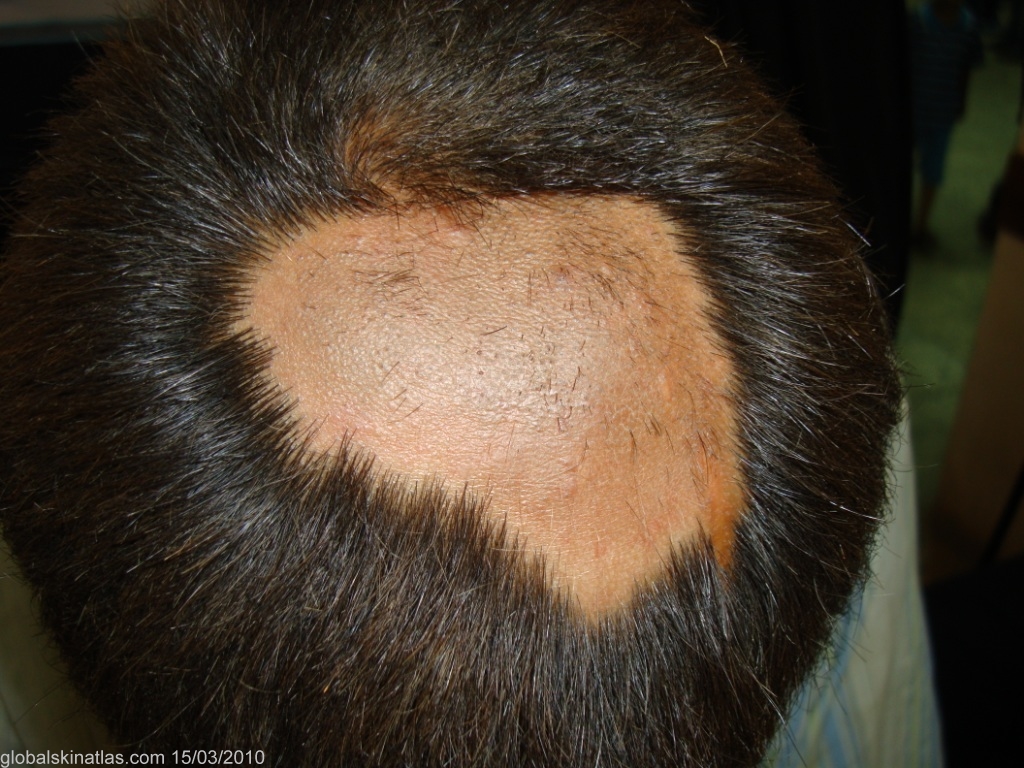
- Using medicated shampoos containing insecticides
- Thoroughly combing the hair to remove lice and eggs
- Washing bedding and clothing in hot water
- Repeating treatment after 7-9 days to ensure complete eradication
Can head lice spread through shared hairbrushes or hats? Yes, head lice can spread through direct contact with infested items such as hairbrushes, hats, or towels. To prevent transmission, avoid sharing these personal items and regularly inspect family members’ scalps for signs of infestation.
Scalp Dermatitis: Understanding Eczema and Psoriasis
Eczema on the Scalp: Types and Treatments
Eczema can affect the scalp in various forms, with atopic dermatitis and seborrheic dermatitis being the most common types.
Atopic dermatitis on the scalp can cause:
- Inflammation and color changes (darkening in darker skin tones, redness in lighter skin tones)
- Itching and scaling
- Potential hair loss in severe cases
Seborrheic dermatitis, often referred to as “cradle cap” in infants, can lead to:

- Greasy, yellowish scales
- Redness and swelling
- Itching and flaking
Treatment options for scalp eczema include medicated shampoos containing ingredients like ketoconazole or zinc pyrithione, topical corticosteroids, and moisturizing treatments. In severe cases, oral medications may be prescribed by a dermatologist.
Scalp Psoriasis: More Than Just Dry Skin
Scalp psoriasis is a chronic autoimmune condition that causes the rapid buildup of skin cells, resulting in thick, scaly patches on the scalp. These patches can be itchy, painful, and may extend beyond the hairline.
Effective management of scalp psoriasis often involves a combination of treatments:
- Medicated shampoos containing salicylic acid or coal tar
- Topical corticosteroids to reduce inflammation
- Vitamin D analogues to slow skin cell growth
- Light therapy for severe cases
- Systemic medications for widespread psoriasis
How does scalp psoriasis differ from dandruff? While both conditions can cause flaking, scalp psoriasis produces thicker, more defined scales and can cause inflammation and redness. Dandruff typically results in smaller, looser flakes without underlying skin changes.
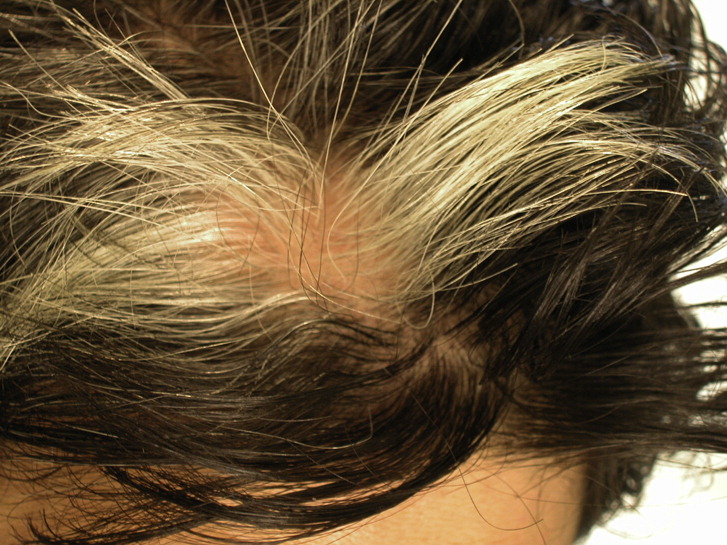
Contact Dermatitis: When Your Scalp Reacts to Irritants
Contact dermatitis on the scalp occurs when the skin comes into contact with an allergen or irritant, often found in hair care products. This reaction can cause itching, burning sensations, and sometimes even blistering.
Common triggers for scalp contact dermatitis include:
- Hair dyes and bleaches
- Fragrances in shampoos and conditioners
- Preservatives in hair products
- Certain metals in hair accessories
To manage contact dermatitis, it’s crucial to identify and avoid the triggering substance. A dermatologist may recommend patch testing to pinpoint specific allergens. Treatment often involves topical corticosteroids to reduce inflammation and antihistamines to relieve itching.
Pilar Cysts: Harmless but Sometimes Bothersome Bumps
Pilar cysts, also known as trichilemmal cysts, are smooth, round growths that commonly develop on the scalp. These fluid-filled sacs form from hair follicles and contain keratin, a protein found in hair, skin, and nails.
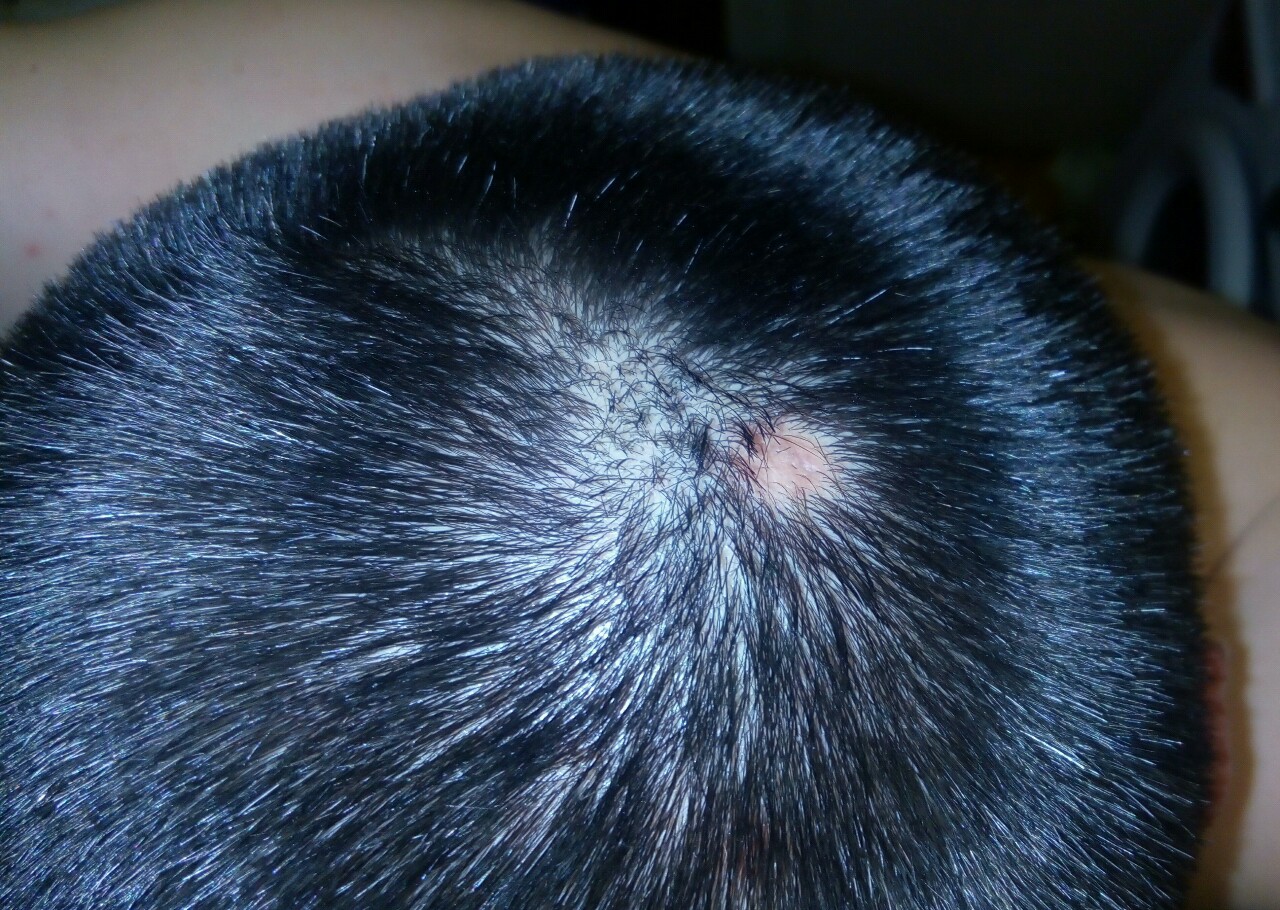
Characteristics of pilar cysts include:
- Smooth, dome-shaped appearance
- Firm to the touch
- Generally painless unless infected
- Can vary in size from a few millimeters to several centimeters
While pilar cysts are typically harmless and may resolve on their own, some individuals opt for removal due to cosmetic concerns or discomfort. Surgical excision is the most effective treatment for persistent cysts.
Are pilar cysts hereditary? Yes, there is a genetic component to pilar cysts. They tend to run in families, and individuals with a family history of these cysts are more likely to develop them.
Hives on the Scalp: An Allergic Reaction You Shouldn’t Ignore
Hives, or urticaria, can occur on any part of the body, including the scalp. These raised, itchy welts are the result of an allergic reaction and can be triggered by various factors.
Common causes of scalp hives include:
- Food allergies
- Insect bites or stings
- Medications
- Environmental allergens
- Stress or extreme temperatures
While most cases of hives resolve on their own within a few days, persistent or severe cases may require medical intervention. Antihistamines are often the first line of treatment, with corticosteroids reserved for more severe cases.
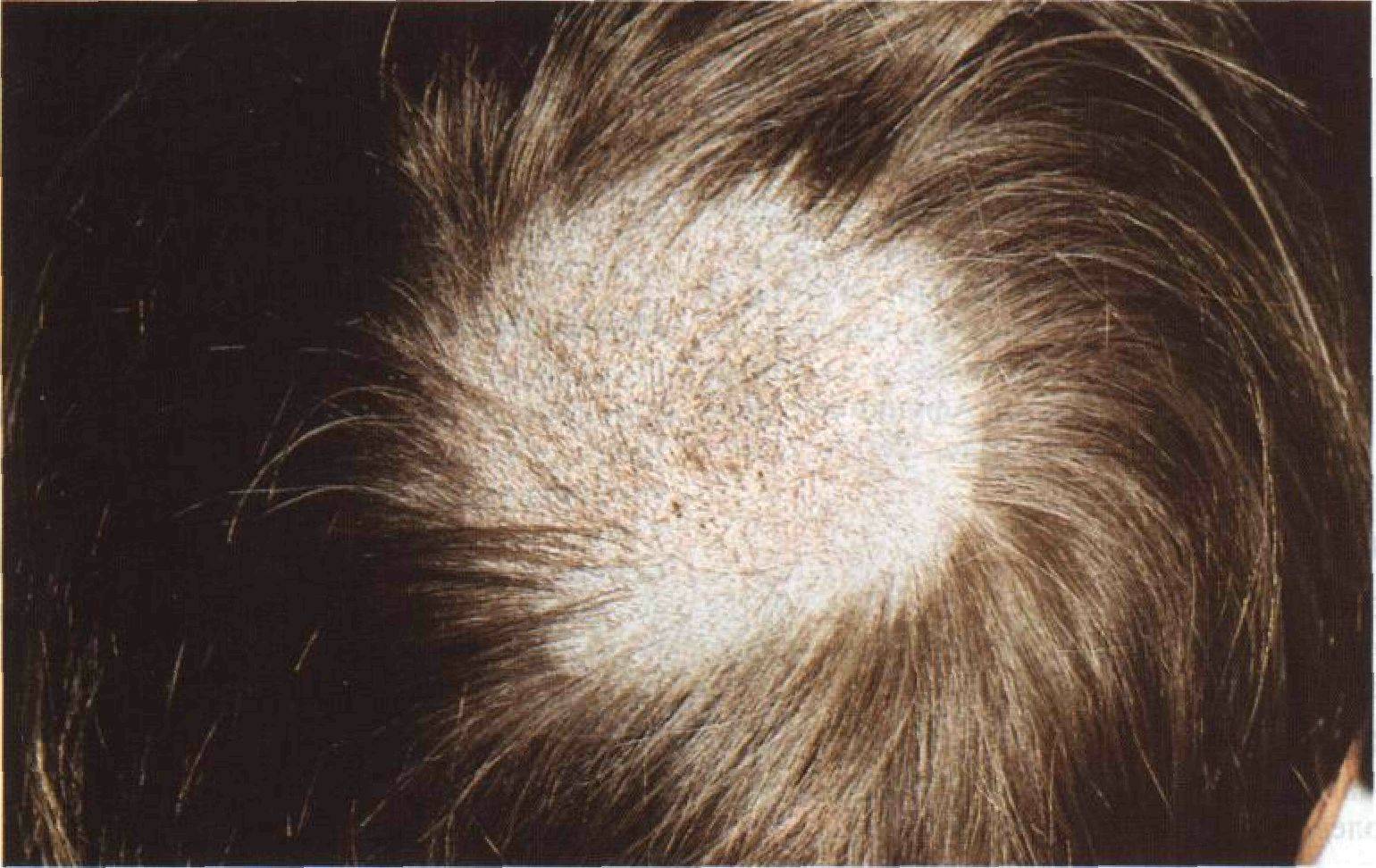
When to Seek Medical Attention for Scalp Bumps
While many scalp bumps are harmless and can be managed at home, certain situations warrant professional medical evaluation. Consult a healthcare provider if you experience:
- Persistent or worsening symptoms despite home treatment
- Signs of infection, such as fever, redness, or warmth around the bumps
- Sudden onset of multiple bumps or rapid growth of existing bumps
- Bumps accompanied by hair loss or scalp tenderness
- Any bump that bleeds easily or changes in appearance
Early diagnosis and treatment can prevent complications and provide relief from uncomfortable symptoms. A dermatologist can perform a thorough examination and may recommend additional tests, such as skin biopsies or allergy testing, to determine the underlying cause of scalp bumps.
Preventive Measures and Scalp Care Tips
Maintaining a healthy scalp can help prevent many common causes of scalp bumps. Consider incorporating these practices into your routine:
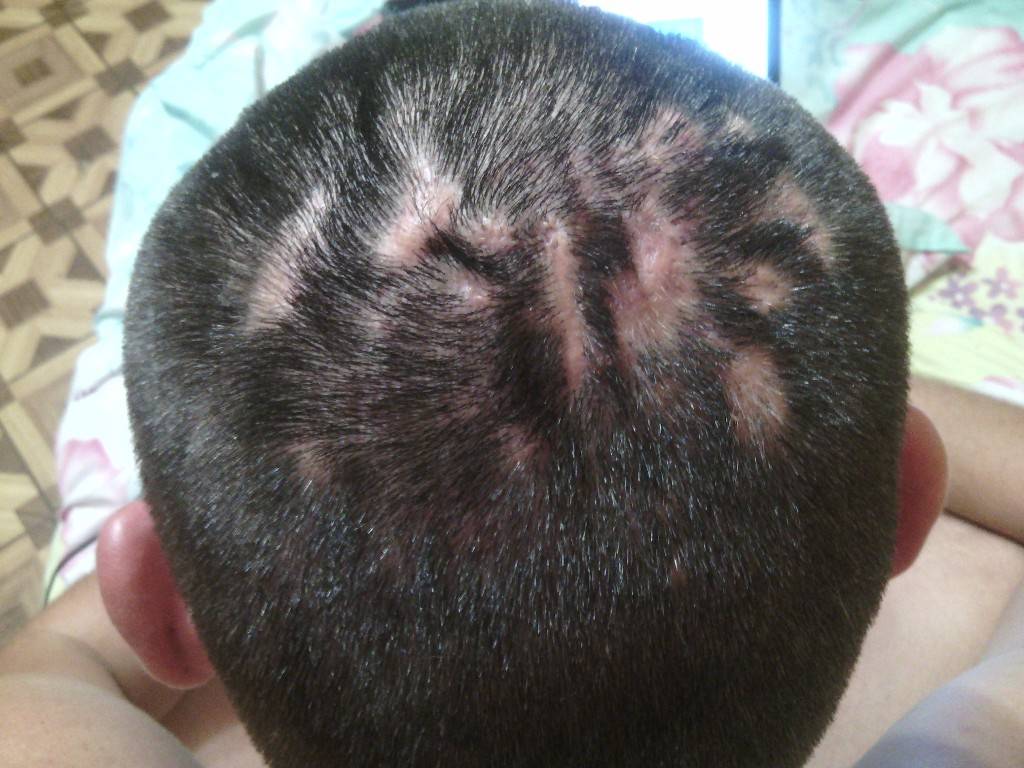
- Wash your hair regularly with a gentle, pH-balanced shampoo
- Avoid using harsh chemicals or excessive heat on your hair
- Maintain a balanced diet rich in vitamins and minerals essential for scalp health
- Stay hydrated to support overall skin health
- Manage stress through relaxation techniques or exercise
- Use protective styles and avoid tight hairstyles that can irritate the scalp
- Regularly clean hair tools and accessories to prevent bacterial growth
How often should you wash your hair to maintain a healthy scalp? The ideal frequency for hair washing varies depending on your hair type, scalp condition, and lifestyle. Generally, washing your hair every 2-3 days is sufficient for most people. However, those with oily scalps may benefit from daily washing, while those with dry or curly hair might wash less frequently.
Advanced Treatments for Persistent Scalp Conditions
For chronic or severe scalp conditions that don’t respond to conventional treatments, dermatologists may recommend more advanced therapies:
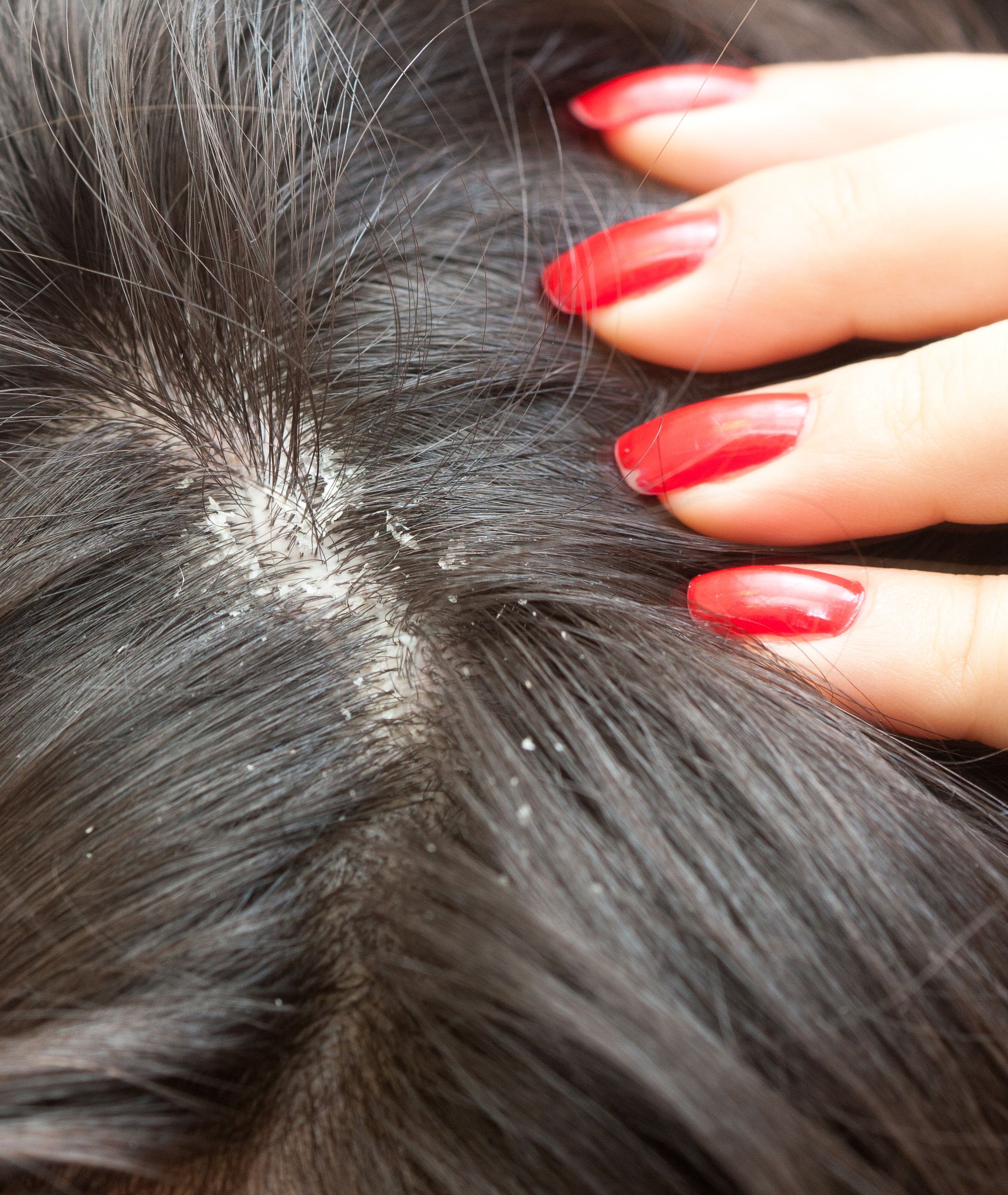
Scalp Injections
Corticosteroid injections can be administered directly into problematic areas of the scalp to reduce inflammation and promote healing. This treatment is particularly effective for severe cases of scalp psoriasis or persistent eczema.
Phototherapy
Light therapy, or phototherapy, uses controlled exposure to ultraviolet light to treat conditions like psoriasis and eczema. This treatment can be particularly beneficial for scalp conditions that cover large areas.
Biologic Medications
For severe cases of scalp psoriasis or other autoimmune-related scalp conditions, biologic drugs that target specific components of the immune system may be prescribed. These medications can be highly effective but require careful monitoring by a healthcare professional.
Scalp Micropigmentation
While not a treatment for the underlying condition, scalp micropigmentation is a cosmetic procedure that can help camouflage the appearance of scalp conditions that cause visible patches or thinning hair.

Are there any natural remedies that can effectively treat scalp bumps? While many natural remedies are touted for scalp health, their effectiveness can vary. Some potentially beneficial natural treatments include:
- Tea tree oil for its antifungal and antibacterial properties
- Aloe vera to soothe inflammation and promote healing
- Apple cider vinegar rinses to balance scalp pH
- Coconut oil as a moisturizing and antimicrobial treatment
However, it’s important to note that natural remedies should be used with caution, as they can sometimes cause irritation or allergic reactions. Always perform a patch test before applying any new product to your scalp, and consult with a healthcare provider before starting any new treatment regimen.
The Psychological Impact of Scalp Conditions
While the physical symptoms of scalp bumps and conditions can be uncomfortable, the psychological impact should not be overlooked. Many individuals with visible scalp conditions experience:
- Decreased self-esteem and confidence
- Social anxiety and withdrawal
- Depression or mood changes
- Stress, which can exacerbate the condition
Addressing the emotional aspects of scalp conditions is an important part of comprehensive treatment. Consider the following strategies:

- Seek support from friends, family, or support groups
- Practice stress-reduction techniques like meditation or yoga
- Consult with a mental health professional if needed
- Educate yourself and others about your condition to reduce stigma
- Explore camouflage techniques or hair accessories that make you feel confident
How can you build confidence while dealing with a visible scalp condition? Building confidence starts with self-acceptance and focusing on your strengths. Consider working with a therapist to develop coping strategies, joining support groups to connect with others who understand your experiences, and exploring creative hairstyles or accessories that make you feel empowered. Remember that your worth is not defined by your appearance, and seeking treatment can help improve both your physical symptoms and emotional well-being.
Emerging Research and Future Treatments
The field of dermatology is constantly evolving, with new research shedding light on the causes and potential treatments for various scalp conditions. Some promising areas of study include:
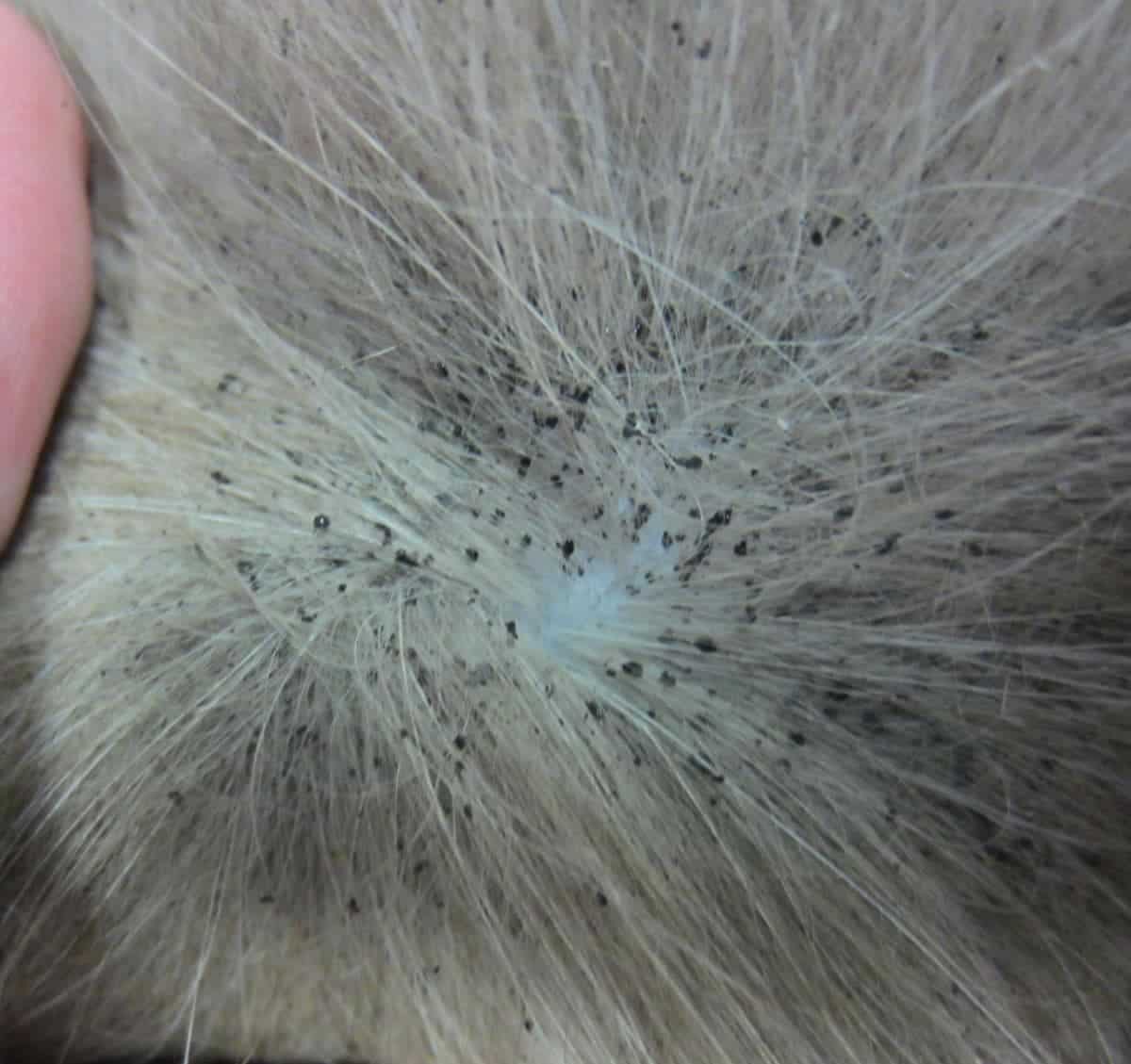
Microbiome Research
Scientists are investigating the role of the scalp microbiome in maintaining scalp health and preventing conditions like dandruff and seborrheic dermatitis. Future treatments may focus on balancing the scalp’s microbial ecosystem.
Gene Therapy
For genetic conditions that affect the scalp, such as certain forms of alopecia, gene therapy holds promise as a potential cure. Research is ongoing to develop safe and effective methods of modifying genes associated with these conditions.
Nanotechnology
The use of nanoparticles in topical treatments could revolutionize how medications are delivered to the scalp, potentially increasing efficacy and reducing side effects.
Immunomodulators
New drugs that target specific components of the immune system are being developed for conditions like psoriasis and eczema, offering hope for more targeted and effective treatments with fewer side effects.
What role does diet play in scalp health? While research is ongoing, there is growing evidence that diet can influence scalp health. A balanced diet rich in omega-3 fatty acids, vitamins A and D, zinc, and biotin may support overall scalp health. Some studies suggest that reducing intake of processed foods and dairy may help manage conditions like seborrheic dermatitis. However, more research is needed to fully understand the relationship between diet and specific scalp conditions.
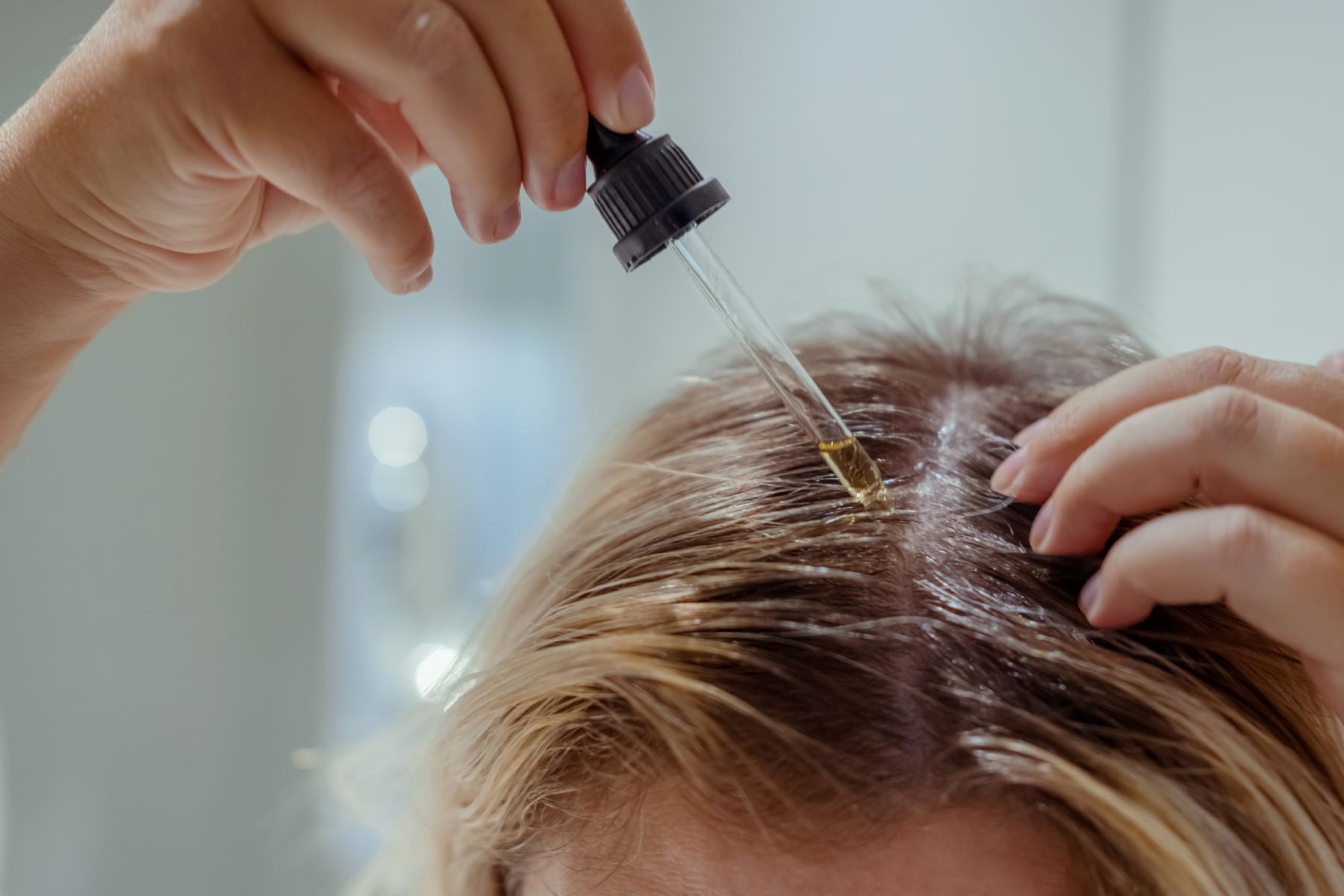
As research progresses, individuals with scalp conditions can look forward to more personalized and effective treatment options. In the meantime, working closely with a dermatologist and staying informed about the latest developments can help you manage your scalp health effectively.
Bumps on the scalp: Causes, symptoms, and treatments
A variety of health issues can cause bumps to form on the scalp, including sweating, folliculitis, acne, head lice, and eczema.
Many causes of bumps in this area are harmless, but receiving a prompt diagnosis and treatment can address any concerns and resolve the issue quickly.
In this article, learn about the health conditions that can lead to bumps on the scalp and when to contact a doctor.
Acne that forms on the scalp can be similar to acne in other areas. A person may have raised bumps, whiteheads, or blackheads, which may be itchy, sore, or tender.
Scalp acne occurs when pores or hair follicles become clogged with dead skin cells or oil. If a person has oily hair or adds certain products to their hair, they might be more susceptible to scalp acne.
Factors that may contribute to scalp acne include:
- a buildup of hair products
- washing the hair infrequently or ineffectively
- sweating in a hat, hood, or beanie
- regular delays between working out and washing the hair
Treatment
If scalp acne develops consistently, wash the hair more thoroughly, and try hypoallergenic hair products.
If the issue persists or gets worse, contact a dermatologist for specific guidance.
Learn more about treatments for scalp acne.
Folliculitis is a common infection that develops in hair follicles. It can look similar to acne and causes raised, round, inflamed, and itchy bumps.
The infection develops when bacteria enter damaged follicles, and the underlying cause may involve:
- shaving, plucking, or waxing,
- spending time in an improperly maintained hot tub
- wearing tight clothing or headwear
- taking certain medications
- gaining weight
Treatment
To relieve any pain and help the skin heal, apply a warm compress to the area three or four times a day, for 20 minutes at a time.
If the issue worsens, or the cause is unclear, contact a dermatologist.
Itchiness is the most common symptom of head lice, but bumps on the scalp can also indicate their presence.
Have someone closely examine the area for white eggs or moving lice.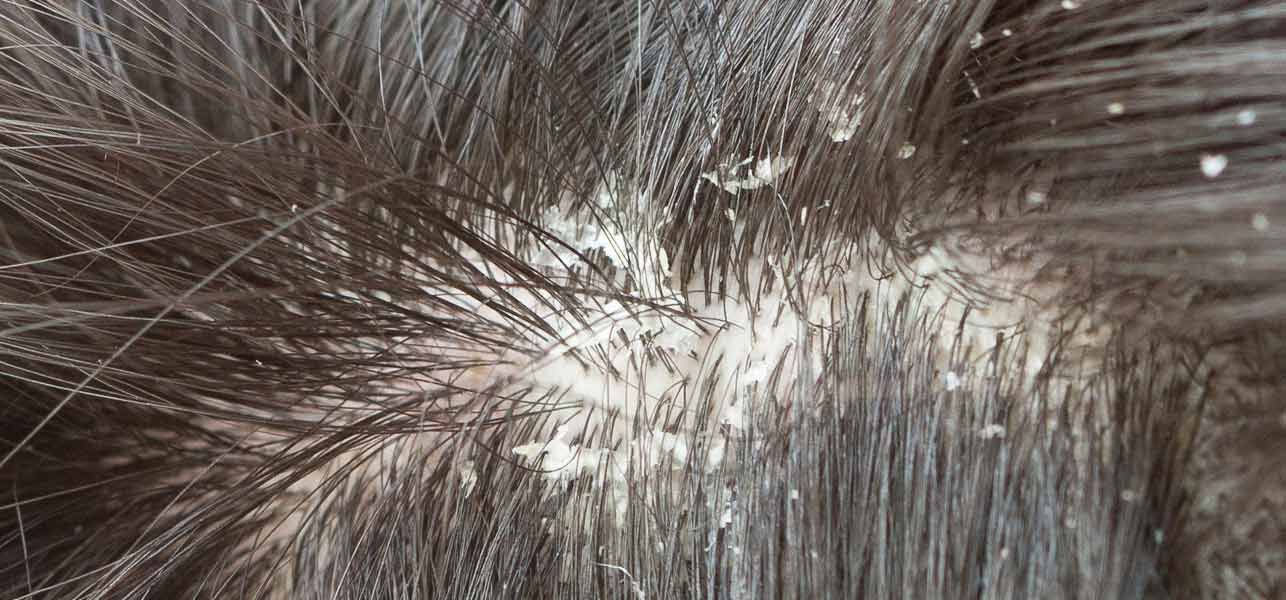
Treatment
Treatment for head lice typically involves using medicated shampoo and combing the area to kill and remove the bugs and their eggs.
Learn more about treatment for head lice here.
There are many types of eczema, and two that can affect the scalp include:
Atopic dermatitis
This type of eczema can develop anywhere on the body, including the scalp.
It causes the skin to become inflamed. On a person with darker skin, the affected areas may become darker, grayish, or purplish. On a person with lighter skin, the areas may redden.
In children, it typically affects the hands, backs of the knees, insides of the elbows, scalp, and face.
Seborrheic dermatitis
Adults with this chronic form of eczema on the scalp may notice color changes such as redness, as well as swelling and greasy scaling.
Beyond the scalp, seborrheic dermatitis can affect the:
- nose, and sometimes just the sides
- upper back
- eyebrows
- armpits
- groin
Treatment
For eczema on the scalp, try medicated shampoos, creams, or ointments.
Learn more about the treatments for scalp eczema.
Scalp psoriasis is a common issue that causes inflamed, sometimes thickened patches of skin covered with silvery-white scales.
Treatment
A combination of care strategies, medicated shampoos, and topical ointments can help.
Learn more about the treatments for scalp psoriasis.
Contact dermatitis occurs when the skin comes into contact with an allergen or irritant.
When this issue develops on the scalp, hair products containing fragrances or specific chemicals may be responsible.
When the scalp reacts to an irritant or allergen, such as a chemical, it can cause itchiness, a burning sensation, and sometimes blistering.
The reaction can occur within minutes of contact with the irritant.
Treatment
It is important to avoid further contact with products that may be responsible. Also, a doctor may prescribe topical steroids.
These fluid-filled cysts most commonly develop on the scalp. They form in the hair follicles and contain excess keratin, a protein that occurs in the hair, nails, and skin.
They form in the hair follicles and contain excess keratin, a protein that occurs in the hair, nails, and skin.
The cysts are typically large and smooth, and they may be tender. Sometimes, more than one occurs in one area.
Treatment
Pilar cysts typically go away on their own. To reduce the swelling and any tenderness, try applying a warm, clean washcloth to the area.
If a cyst becomes infected, a doctor may prescribe antibiotics. Also, a doctor may recommend the surgical removal of a cyst.
Learn more about the treatments for pilar cysts here.
Hives are a rash consisting of itchy, raised bumps. The rash forms as part of an allergic response, and it can affect any part of the body, including the scalp.
Treatment
Hives usually go away on their own within a few days. However, a doctor can prescribe antihistamines or corticosteroids.
Learn more about the treatments for hives.
Ringworm is a fungal infection of the skin, and it can form on the scalp.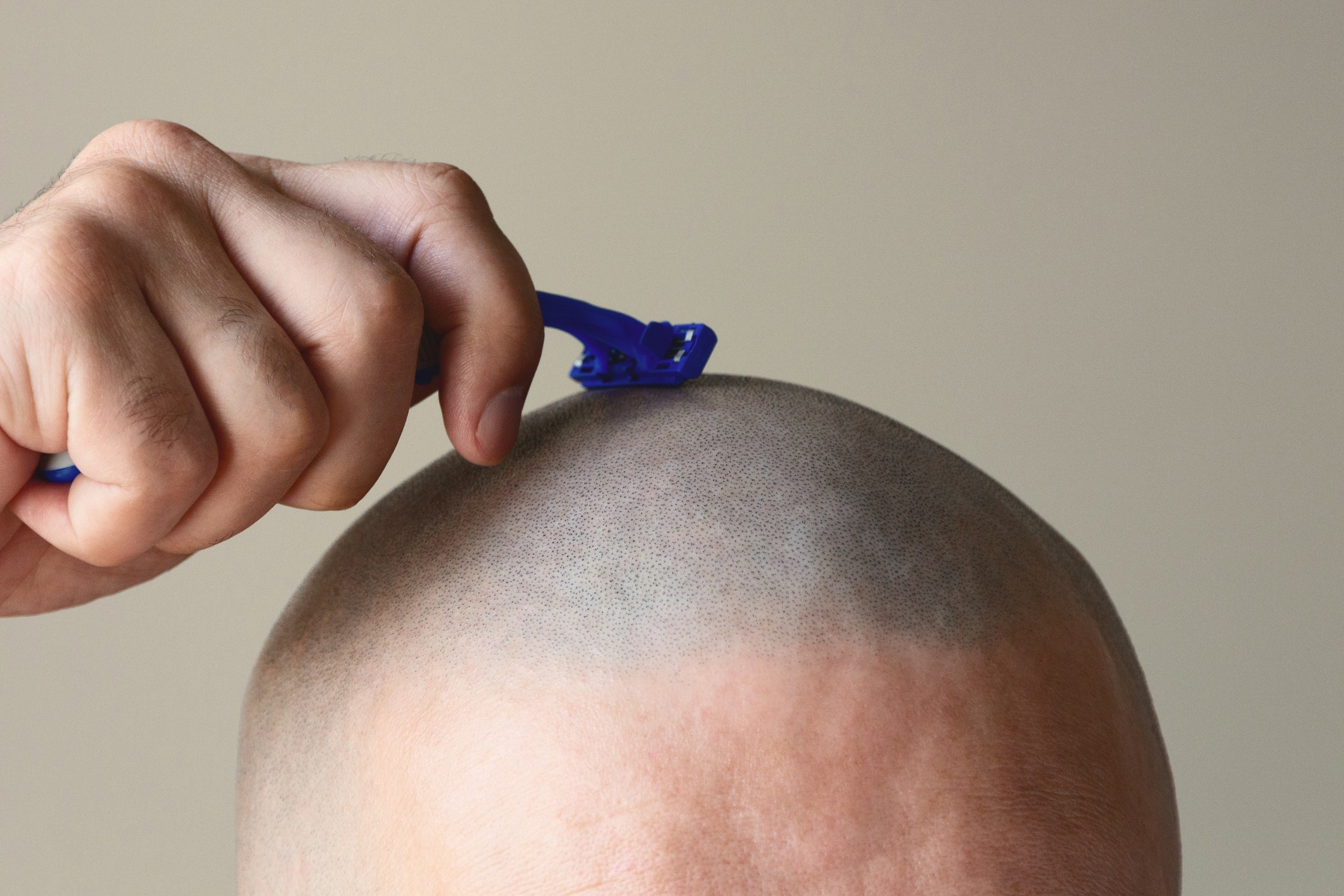 Healthcare professionals may refer to this as tinea capitis.
Healthcare professionals may refer to this as tinea capitis.
Symptoms include:
- itchy skin
- a ring-shaped rash
- inflamed, scaly, cracked skin
- hair loss
Tinea capitis is more common in children than adults.
Treatment
Creams, powders, and lotions do not work for ringworm on the scalp. Instead, a doctor prescribes an oral antifungal medication that a person must take for 1–3 months.
Melanomas can appear on the scalp, as can:
- Squamous cell carcinoma: These lumps can be flesh-colored with varying degrees of scaling, crusting, ulceration, and thickening of the skin.
- Basal cell carcinoma: This type of cancer can cause a smooth, pearly bump to form.
- Merkel cell carcinoma: This rare form of skin cancer can appear as a raised, red or violet patch of skin that is fast-growing, painless, and firm.
Unlike the other bumps or blemishes described above, lumps caused by skin cancer continue to change shape and size.
Treatment
If any bumps on the scalp may indicate cancer, contact a dermatologist immediately.
After making a diagnosis, the doctor will describe the treatments, including surgical and nonsurgical options.
A person can treat most of the health issues that cause bumps on the scalp at home, with care strategies, such as using warm compresses or switching shampoos, and over-the-counter medications.
However, contact a healthcare provider about any unusual growths or symptoms of ringworm or atopic dermatitis.
Also, if any scalp issue persists or worsens, consult a dermatologist.
Bumps on the scalp can result from a variety of health issues, such as acne, eczema, psoriasis, pilar cysts, hives, or ringworm.
Some causes of bumps, such as skin cancer, require urgent medical attention. But often, a person can address the issue at home.
If any lump, bump, or blemish on the scalp is concerning, or if home care is ineffective, contact a dermatologist or another healthcare professional.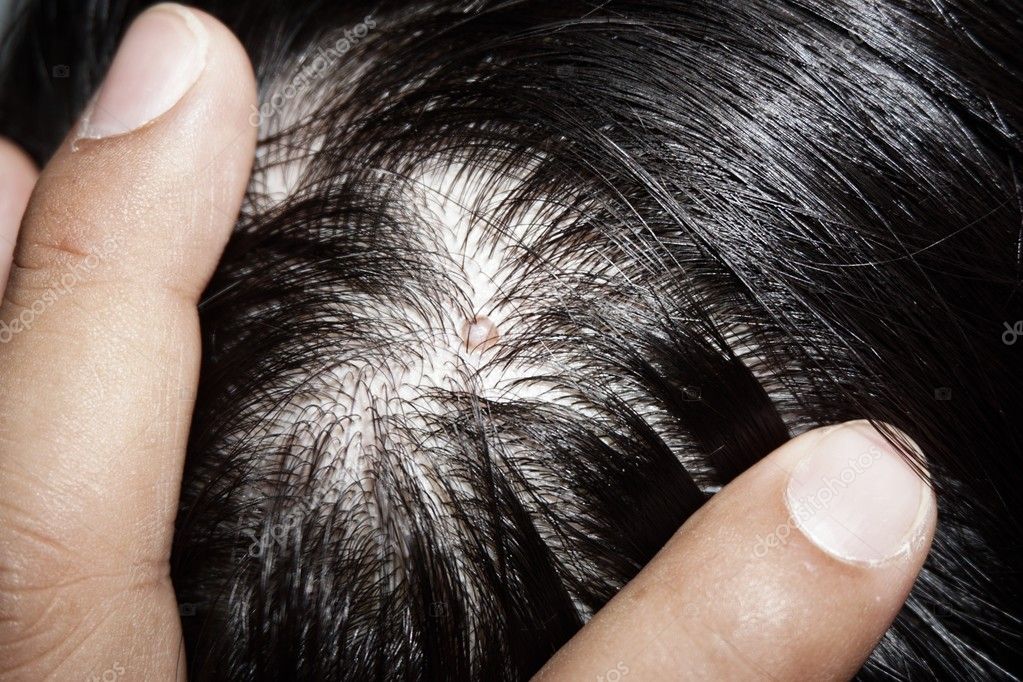
Bumps on Scalp: Causes, Symptoms, Treatment
Bumps on your scalp can occur with trapped hair follicles or acne. But sometimes they can be an indicator of another health condition.
Bumps on your scalp can be a symptom of a few different health conditions. Most of the time, these bumps indicate an allergic reaction or clogged hair follicles, neither of which is usually a cause for concern.
This article will help you narrow down the cause of the bumps on your scalp so that you can figure out your next steps and know when to call a doctor.
Here’s a summary of the more common causes (and symptoms) of bumps on the scalp. More information about each condition follows.
| Symptoms | Causes |
| small itchy bumps | hives, dandruff, lice |
| small red bumps | scalp acne, skin cancer |
| large scaly patches with small bumps | scalp psoriasis |
| bumps that ooze or pus | folliculitis |
| large, domed bumps without pain | pilar cysts |
Folliculitis is a skin infection caused by damage to your hair follicles.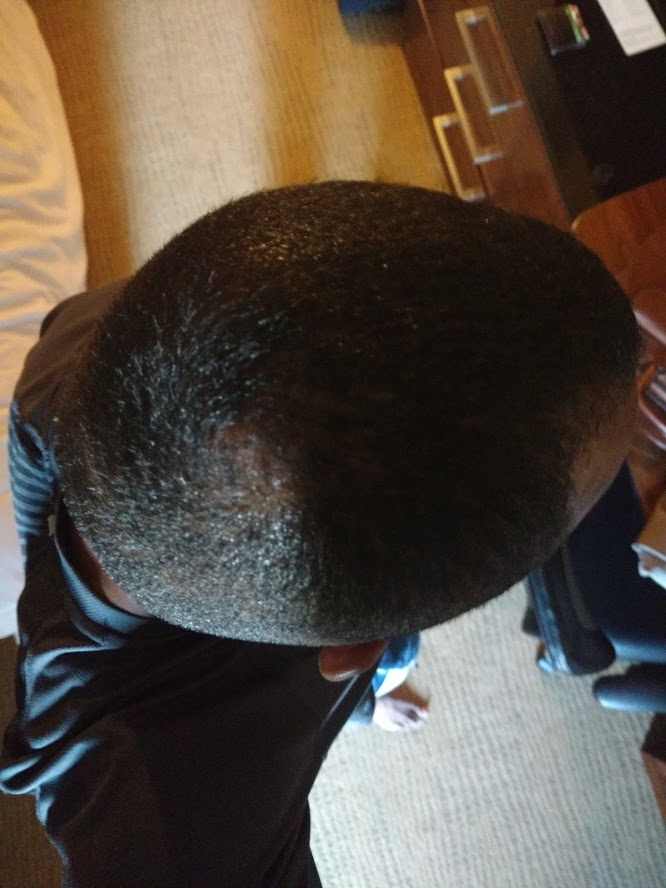 This infection can result in raised red bumps that look similar to acne pustules. Other symptoms include pain, stinging, and pus drainage from the site of the infection.
This infection can result in raised red bumps that look similar to acne pustules. Other symptoms include pain, stinging, and pus drainage from the site of the infection.
Treatment options start at home. A warm compress or antibacterial shampoo may improve symptoms of pain, redness, and drainage. If home remedies don’t work, you may need a prescription option from a doctor.
Scalp acne refers to breakouts that happen on your scalp. Like any other kind of acne, they can be caused by bacteria, hormones, or clogged pores. Buildup from shampoo or hairspray can also cause scalp acne. These bumps can be painful, itchy, red, or inflamed. They may also bleed.
Treating scalp acne sometimes starts with switching up your hair care routine. Cut back on oil-based products and make sure to wash your hair often to avoid oil buildup. If changing your hair care routine doesn’t work to treat your scalp acne, you may need to see a dermatologist.
An allergic reaction to a hair product or something else in your environment can cause bumps (hives) on your scalp. This condition is called allergic contact dermatitis.
This condition is called allergic contact dermatitis.
Hives may itch, peel, or feel dry and scaly. After washing your scalp with cool water and rinsing off irritants, your allergic reaction may subside. If it doesn’t, or if you are having frequent recurring allergic outbreaks on your scalp, you may need to speak with a doctor.
Head lice are tiny insects that can live on your scalp. They’re highly contagious and can cause itching and bumps on your scalp.
Treatment at home for head lice usually begins with a special shampoo with insecticide ingredients. You will also have to comb through your hair with a special fine-toothed tool to find lice eggs (also called nits).
If you have lice, you’ll need to treat all fabric surfaces in your house (such as pillows, bedding, and upholstered furniture) to prevent reinfestation. A doctor may prescribe an over-the-counter lice treatment if at-home treatment attempts aren’t successful.
Atopic dermatitis is also known as dandruff. This common condition can be caused by a yeast overgrowth on your scalp, or by hair products that are drying out your scalp. Symptoms include bumps on your scalp as well as scaly, dry patches of skin underneath your hair.
This common condition can be caused by a yeast overgrowth on your scalp, or by hair products that are drying out your scalp. Symptoms include bumps on your scalp as well as scaly, dry patches of skin underneath your hair.
Stress and dehydration can make dandruff worse. So can itching. Using a special shampoo can often relieve symptoms of dandruff. In extreme cases of dandruff, your doctor may need to give you a prescription for a specialty shampoo.
Pilar cysts are caused by keratin buildup in pockets of skin under your scalp. These cysts are not harmful to your health, but you may want to treat them for cosmetic reasons. Treatment may include draining the cyst or having it surgically removed.
The cyst itself is the only symptom, and you shouldn’t feel pain to the touch. Pilar cysts can last for years, or may go away on their own.
Skin cancer is the most common type of cancer. About 13 percent of malignant skin cancer is found on the scalp. Flesh-colored, waxy bumps on your head and recurring sores on your scalp can be signs of skin cancer.
If you notice a suspicious spot on your head, you should show your doctor at your next appointment.
Skin cancer is very treatable, especially if it’s diagnosed early in the progression of the condition. Treatments may include surgery, radiation, chemotherapy, and cryogenic removal of the affected area.
Scalp psoriasis is a chronic skin condition that’s characterized by thin, silvery scales in patches on your scalp. Sometimes these scales can feel bumpy to the touch, and they often itch. Scalp psoriasis can occur whether or not you have psoriasis elsewhere on your body.
Psoriasis is considered an auto-immune condition. Soaking your skin in warm water and using special shampoos and conditioners can help soften and remove bumpy psoriasis plaques.
Your doctor may also recommend prescription medication if your scalp psoriasis starts to trigger other conditions, like hair loss.
The causes of bumps on your scalp range from benign conditions like a temporary allergic reaction to more serious conditions like skin cancer.
Most cases of bumps on your scalp will resolve on their own after a rinse in the shower and some gentle scrubbing.
Bumps that keep recurring or don’t go away may be an indication that you need to speak to a dermatologist. If you don’t already have a dermatologist, our Healthline FindCare tool can help you connect to physicians in your area
It’s a good idea to talk with a doctor about any concerning bumps or lumps that you notice on your scalp. They can diagnose your condition and recommend a treatment plan.
symptoms, consequences, first aid after a blow
Contents
- 1 What to do if there is a lump on the head: symptoms, consequences and first aid
- 1.1 How to recognize a bump on the head?
- 1.2 Symptoms of a bump on the head
- 1.3 Consequences of a blow to the head
- 1.4 What should I do if a bump appears on the head after a blow?
- 1.5 How to give first aid for a blow to the head?
- 1.
 6 When should I seek medical attention for a blow to the head and a bump?
6 When should I seek medical attention for a blow to the head and a bump? - 1.7 What medicines help with bruises and bumps on the head?
- 1.8 How to avoid a bump on the head after a blow?
- 1.9 Recovery of health after a blow to the head
- 1.9.1 Exercises to strengthen the neck and back
- 1.9.2 Exercises to improve coordination
- 1.9.3 Exercises to reduce pain
90 005 1.10 How to properly care for a bump on your head ?
- 1.11 How to prevent re-strike?
- 1.12 Related videos:
- 1.13 Q&A:
- 1.13.0.1 How can you tell if a bump on your head is a serious injury?
- 1.13.0.2 What is the correct way to provide first aid in case of a blow that caused a bump on the head?
- 1.13.0.3 What are the consequences of a blow to the head with a bump?
- 1.13.0.4 Which area of the head is most sensitive to bumps?
- 1.13.0.5 How to remove a bump on the head?
- 1.
 13.0.6 What should I do if bleeding occurs when a bump forms on my head?
13.0.6 What should I do if bleeding occurs when a bump forms on my head?
Learn about the symptoms and effects of a blow to the head that can cause a bump on the head. Learn how to give first aid and when to see a doctor.
Most people experience a head injury at some point in their life, which can result in a bump on the head. This does not always threaten with serious consequences, but still requires attention and possibly first aid. What you need to know about bumps on the head?
Symptoms of a lump on the head may include pain, swelling, and slight bleeding. These symptoms are often accompanied by dizziness, nausea, or vomiting. As the swelling decreases, a bruise appears, which disappears over time.
However, with a strong blow or inept assistance, the brain or bone structures of the skull can be damaged, which will entail serious consequences. The victim may lose consciousness, experience headaches, severe dizziness, nausea, and other symptoms.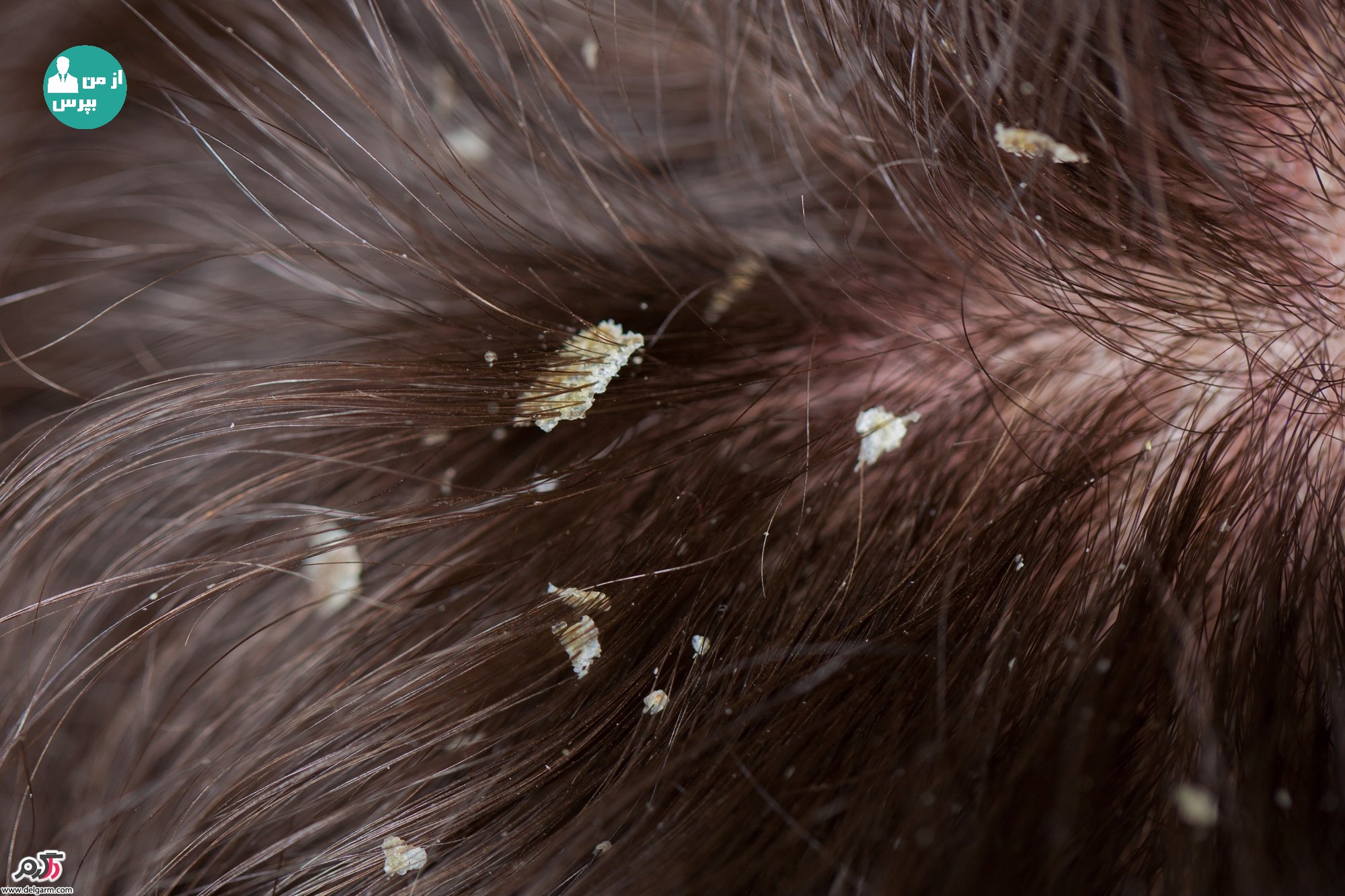 In this case, immediate medical attention is needed.
In this case, immediate medical attention is needed.
If the head injury was minor and treatment for additional medical supervision is not required, first aid may include the application of a cold compress and rest. In case of pain, it is recommended to take painkillers according to the instructions or as recommended by the doctor.
How to recognize a lump on the head?
A lump on the head may appear as a result of an accident, blow, fall. This may be accompanied by pain and discomfort. It is important to be able to recognize the bump and decide when to see a doctor.
If you find a lump on your head, you must remember that there are exceptions when even a small blow can lead to serious consequences. Do not self-medicate, especially if you have side effects.
- In case of severe bleeding, apply pressure on the wound and consult a doctor without fail
- In case of severe pain and headaches after a blow, it is necessary to take analgesics and cool the lump with ice
dizziness, nausea and vomiting
In addition, if you have a bump on your head without visible symptoms, but strong pressure, you should also consult a doctor.
Symptoms of a lump on the head
A bump on the head is caused by a blow or other damage to the tissues of the head. This can happen both when playing sports games and as a result of an accident.
The most common symptoms of a bump on the head include:
- Pain and discomfort. After an injury, pain and discomfort may occur in the area of impact.
- Swelling and redness. Bloating and redness around the impact site may also be noticeable.
- Bump or bump. The formation of a bump at the site of impact on the head can be seen immediately after the injury.
- Headache. In some cases, a blow to the head can cause a headache.
- Dizziness and loss of consciousness. If the impact was strong enough, unconsciousness or dizziness may occur. In this case, you need to urgently seek medical help.
The presence of these symptoms is an indication that medical attention should be sought as soon as possible. If the lump does not cause discomfort and is not accompanied by other symptoms, home treatment can be applied, following the recommendations for first aid after a blow to the head.
If the lump does not cause discomfort and is not accompanied by other symptoms, home treatment can be applied, following the recommendations for first aid after a blow to the head.
Consequences of a blow to the head
A blow to the head is an injury that can lead to various consequences. Depending on the location and severity of the impact, various symptoms may occur, including tinnitus, headache, nausea, vomiting, dizziness, and loss of consciousness.
After a blow to the head, a doctor should be consulted to conduct a thorough examination and identify the presence of a brain injury. In the absence of serious injury, the resulting symptoms usually disappear with time.
If a brain injury has been detected, treatment should be started immediately, which may include various medications and procedures.
- What are the consequences of a blow to the head?
- What symptoms can occur after a stroke?
- When should I see a doctor?
- What should I do if I have been diagnosed with a brain injury?
What should I do if I have a bump on my head after a blow?
Lump on head following an impact can cause great inconvenience and anxiety.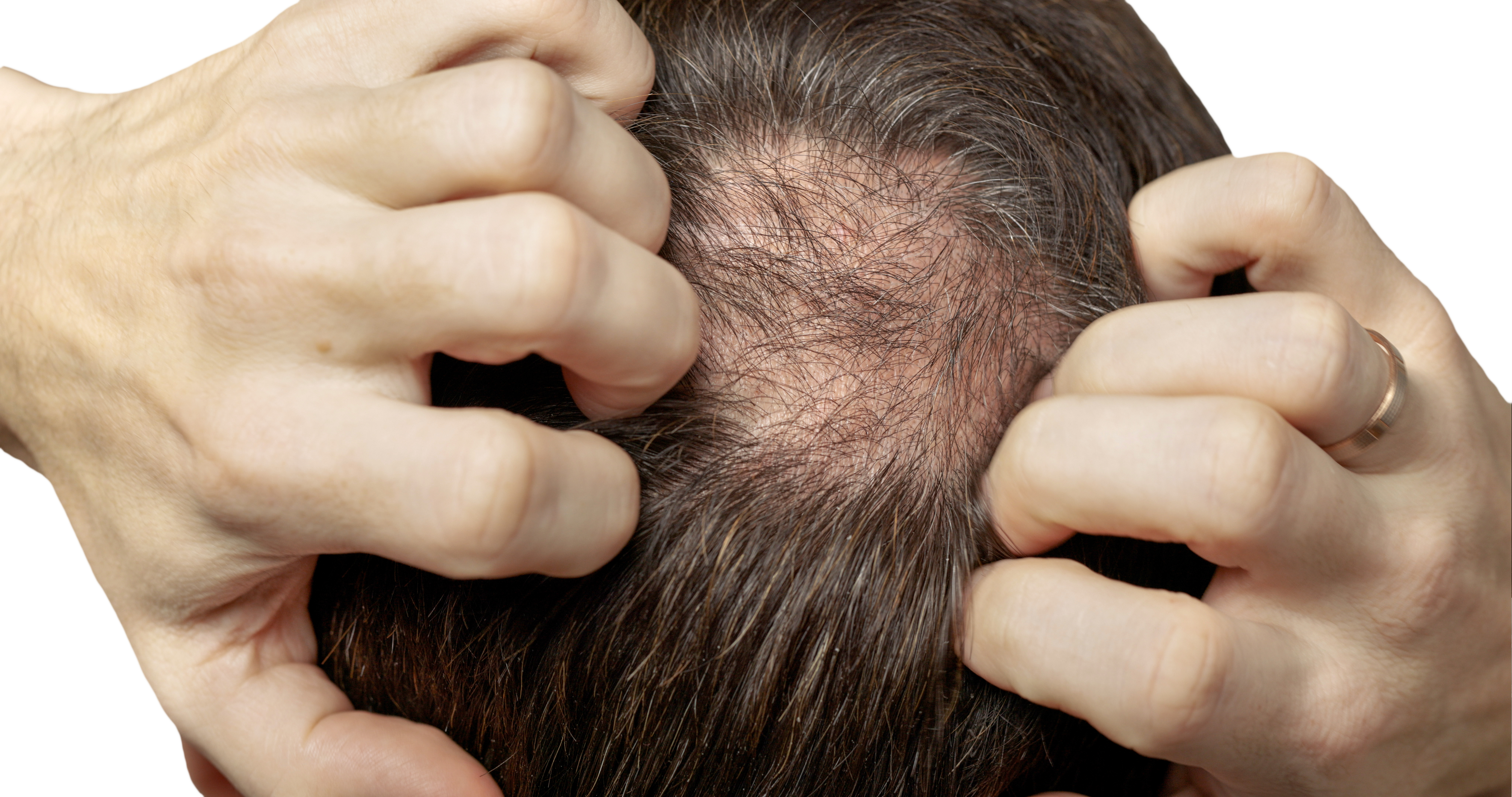 It is important not to panic and follow a few simple rules.
It is important not to panic and follow a few simple rules.
- Immediately after receiving a blow to the head, a cold compress should be applied to the affected area. This will help reduce swelling and reduce pain.
- If the lump does not go away after 2 days or if it grows in size, you should consult a doctor. This may be a symptom of severe brain damage.
- If you experience headache, nausea, vomiting, dizziness, shortness of breath or vision, call an ambulance.
It is important to remember that a bump on the head can be not only a sign of a bruise, but also a crack in the skull. Therefore, if there is even the slightest suspicion of a serious head injury, it is necessary to seek medical help urgently.
How to give first aid for a blow to the head?
1. Check the victim’s consciousness. If he is helpless or unresponsive, call an ambulance immediately. If the victim is in a slow state, try to call for medical help without moving him.
2. Inspect the impact site. Is there redness, swelling, abrasions or bleeding? If there is, apply ice to the area to constrict the blood vessels and reduce pain.
3. Check vision and visual reactions. Shaking the head or hitting the head may cause double vision, blurred vision, or loss of vision. If you notice these symptoms, call an ambulance immediately.
4. Check for other signs of head injury. Symptoms may include pallor, unusually tiredness, dizziness, difficulty breathing, loss of balance, and trembling of the limbs. All symptoms of concern should be reported to a healthcare professional.
5. Give a drink to all who have suffered. Leave the victim alone and monitor his condition until medical help arrives.
When should I seek medical attention for a blow to the head and a bump?
1. Pain and visual disturbances. If you experience severe pain in your head after a blow, a severe bump hurts you, and you begin to see worse than usual, this may indicate a serious head injury and you should seek immediate medical attention.
2. Dizziness and vomiting. If you feel dizzy and vomit after being hit, this may be a sign of a concussion or other serious injury that requires immediate medical attention.
3. Violation of coordination of movements and consciousness. If you are unable to navigate in space, slowing down or speeding up your movements, then this may indicate a serious injury and loss of consciousness. In this case, you should immediately call an ambulance or seek help from doctors.
4. Increased heart rate. If a blow to the head increases the pulse rate and the skin becomes cool and damp, this may indicate the onset of a dangerous condition requiring immediate medical attention.
In any case, if you feel discomfort and are afraid of any consequences after a blow, do not hesitate to contact a specialist. After all, health is the most important thing!
What medicines help with bruises and bumps on the head?
Bruises and bumps on the head, depending on their severity, various medicines can help. First of all, it is recommended to use medicines that relieve pain and inflammation.
First of all, it is recommended to use medicines that relieve pain and inflammation.
- Nonsteroidal anti-inflammatory drugs (NSAIDs) . Medicines such as ibuprofen, diclofenac, nimesulide and others can cope with pain and inflammation. However, rapid relief may be due to a sense of false well-being, so it is important not to overuse NSAIDs and follow the instructions exactly.
- Painkillers . Doctors may prescribe paracetamol, aspirin, or other analgesics to relieve pain. However, they do not remove inflammation and can be harmful if overdosed.
- Arnica, dagliment gel and other topical products . If the bump is small and hasn’t caused unconsciousness, a topical gel or ointment that usually includes arnica and other ingredients can help relieve pain and reduce inflammation at the site of the bump.
All of the above medicines can be found in pharmacies. However, an allergic reaction may develop from the use of some of them, so it is important to follow all the doctor’s recommendations and select the appropriate medication strictly as prescribed.
How to avoid a bump on the head after a blow?
A blow to the head, especially hard, can cause a lump at the impact site, which in some cases can be a serious problem. However, there are certain ways that can help avoid this situation.
- Attention and caution – avoid situations in which you can get hit to the head. Be careful on the street, especially in winter when the sidewalks can be slippery.
- Wear protection – When playing sports, especially in contact sports (football, hockey), always wear a protective helmet, this will help to avoid head injuries.
- Use safe toys – If you have children, be sure to choose toys that do not pose a risk to their health. Avoid toys with sharp edges and corners.
It is important to remember that if a blow to the head nevertheless occurs, then first aid should be immediately provided, even if there are no symptoms of a lump on the head yet: apply cold to the impact site, lay the victim down and call for medical help./GettyImages-1282761967-ea17282c8cb44ca68cd230a7819e8516.jpeg) This will help to avoid possible complications in the future.
This will help to avoid possible complications in the future.
Restoring health after a blow to the head
Exercises to strengthen the neck and back
After a blow to the head, it is important to strengthen the neck and back to prevent re-injury. It is recommended to do exercises aimed at developing muscle strength and flexibility.
- Neck stretch: turn your head to the right, then to the left, as far as the tension allows. Hold each position for 5-10 seconds.
- Flexion and extension of the neck: you need to slowly tilt your head forward, then back, and then to the sides. Do 10-15 repetitions.
- Body Twisting: lie on your back, bend your knees and turn your body left and right, holding each position for 5-10 seconds. Do 10-15 repetitions.
Exercises to improve coordination
After a blow to the head, coordination may be impaired. It is recommended to do exercises aimed at restoring coordination.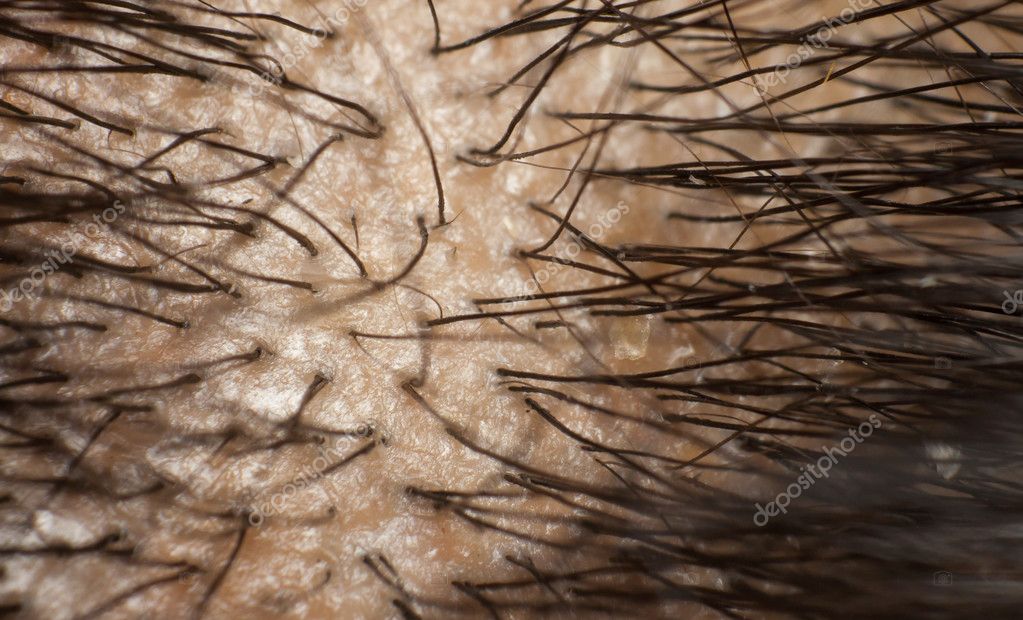
- Single leg balancing: stand on one leg and try to hold this position for 20-30 seconds. Then repeat on the other leg.
- Heel to toe walking: Stand straight and try to reach your toes with your hands without bending your knees. Do 10-15 repetitions.
Exercises to reduce pain
A blow to the head can cause pain. It is recommended to do exercises that will help reduce pain.
- Muscle relaxation: lie on your back, bend your knees and relax all the muscles of the body for 5-10 minutes.
- Neck Stretch: has been mentioned before, but it’s worth noting that stretching not only helps to strengthen muscles, but also reduces pain.
How to properly care for a bump on your head?
After receiving a blow, it is important to monitor the condition of the displaced bone, as well as the area around the bump.
If a bump forms on the head, do not use devices that induce deformation of the area, which can lead to its increase.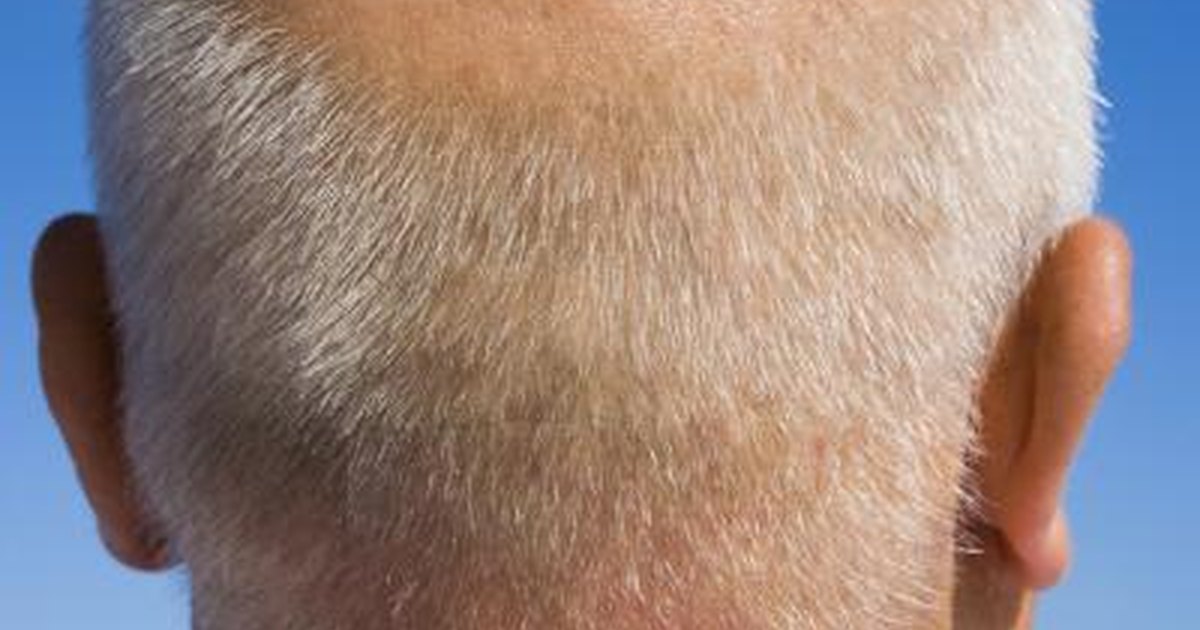
A preventive lifestyle is important for maintaining health. A responsible and rewarding lifestyle, constant exercise and healthy food are all elements that are necessary to maintain a normal mood and health.
- Do not use massaging devices to massage the head area
- Avoid carrying heavy loads and scratching the head area
In case of severe pain and dizziness, consult a doctor and get the necessary medical attention. Never try to solve the problem yourself if you do not have the appropriate knowledge and skills in medicine.
How to prevent re-strike?
Avoid strenuous exercise for several days. After a blow to the head, the brain needs time to recover. Therefore, it is necessary to limit physical activity and not play sports, lift heavy objects or do intensive work for several days after a head injury.
Wear a safety helmet when playing sports or work that may pose a risk to the head. Falls and bumps can happen at any time, so wear a suitable safety helmet, especially if you play sports like ice hockey or football, or are involved in construction and material handling.
- If possible, avoid places and situations that could endanger the head . For example, during a thunderstorm, you should not stay in open spaces where there may be a lightning strike.
- Be extremely careful and careful , especially in a car. Watch your speed, do not drive if you are tired or intoxicated.
Most importantly, if you have signs of a recurrent head injury, see your doctor immediately. Computed tomography can detect even minor changes in the brain and prevent possible complications.
Related videos:
Q&A:
How can you tell if a bump on your head is a serious injury?
If there has been no previous head injury, and the lump is accompanied by severe pain, dizziness, vomiting, loss of consciousness, or other serious symptoms, seek medical attention immediately.
How to give first aid in case of a blow that led to a bump on the head?
It is necessary to apply cold to the bruised area for 10-15 minutes, then take a break for 20-30 minutes and repeat this procedure several times during the day. If the soreness and bump have not disappeared after 24 hours, you need to see a doctor.
What are the consequences of a blow to the head with a lump?
Serious injury may result in cerebral hemorrhage with dangerous consequences. There may also be long headaches, dizziness, impaired vision and hearing, and a change in character. Therefore, if you suspect a serious injury, you should consult a doctor.
Which area of the head is most sensitive to bumps?
The delicate skin on the crown, temples and forehead is particularly susceptible to injury. However, a bump on the head can occur anywhere on the head.
How to remove a bump on the head?
Some people recommend using folk remedies like potato compress or aloe vera, but it’s best to see a doctor, especially if the soreness and bump persist for several days.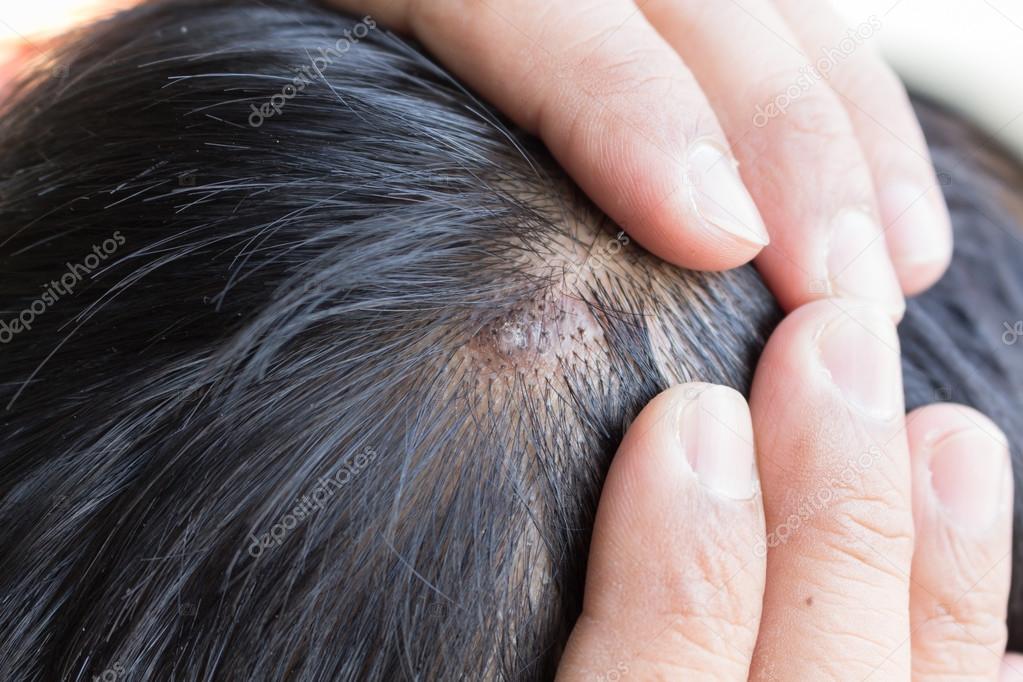
What should I do if I bleed when a bump forms on my head?
Apply a clean, dry cloth to the bleeding site immediately, then press it against the head with a bandage. If the bleeding does not stop within 10-15 minutes, an ambulance should be called.
causes and methods of treatment
The appearance of purulent bumps on the head may indicate an infectious skin lesion. It is necessary to consult a doctor, because some of these diseases can be treated surgically.
Inflammatory and purulent diseases of the skin of the scalp appear as small or medium-sized bumps on the head. These diseases, which in medical terminology are referred to as pyoderma, are caused by inflammation of the hair follicles and the sebaceous glands that accompany them. Such inflammatory foci are palpable as a bump on the head under the skin of different sizes, depending on the form of the pathology and its severity.
The main causative agents of pyoderma are staphylococci and streptococci, herpes virus, fungi. Contributing factors are reduced immunity, chronic diseases and infections, diabetes, obesity and other metabolic disorders.
Contributing factors are reduced immunity, chronic diseases and infections, diabetes, obesity and other metabolic disorders.
The most common forms of inflammatory-purulent diseases: folliculitis, furuncle, carbuncle, atheroma. If a lump appears on the head, it is possible that this is the beginning of the development of one of these diseases.
Contents
- Folliculitis on the head
- Undermining folliculitis
- Furuncle on the head
- Carbuncle on the head
- Atheroma on the head
Folliculitis on the head
Folliculitis is an inflammatory lesion of an infectious nature of the upper parts of the hair follicle. If the inflammatory process extends to the lower parts of the follicle, sycosis develops.
The trigger for the development of folliculitis are skin microtraumas, errors in hygienic skin care, contamination with chemical reagents (gasoline, kerosene, lubricants) associated with professional activities. Often folliculitis develops under occlusive dressings. The inflammatory focus is palpable as a small bump on the head with mild soreness. It contains pus and causes itching. Later, a yellow crust forms on the surface of the abscess. The number of pustules varies from single to multiple, covering the entire head.
Often folliculitis develops under occlusive dressings. The inflammatory focus is palpable as a small bump on the head with mild soreness. It contains pus and causes itching. Later, a yellow crust forms on the surface of the abscess. The number of pustules varies from single to multiple, covering the entire head.
In the absence of adequate therapy, a subcutaneous infiltrate appears around the pustules, purulent bumps on the head increase. The progression of the process can be complicated by phlegmon, abscess or furuncle. With multiple foci, regional lymph nodes may increase.
With mild course and single abscesses, treatment with brilliant green, blue, 2% salicylic alcohol is sufficient. Deep damage to the follicle requires opening the focus and removing pus. Recommended compresses with ichthyol ointment, UFO. Chronic and severe forms of folliculitis require antibiotic therapy (flucloxacillin, clindamycin) and the use of immunostimulants.
Undermining folliculitis
Hoffmam’s folliculitis (undermining folliculitis) tends to be chronic and abscessing of the lower follicle and surrounding skin areas. The foci merge with each other and multiple purulent bumps are formed on the head, fistulas that secrete pus. The skin becomes cyanotic, after healing it is covered with scars. It is very difficult to treat this disease.
The foci merge with each other and multiple purulent bumps are formed on the head, fistulas that secrete pus. The skin becomes cyanotic, after healing it is covered with scars. It is very difficult to treat this disease.
Furuncle on head
This is a purulent-necrotic lesion of the hair follicle with involvement of the connective tissue. May be a form of complication of folliculitis. The causes of the boil are common with folliculitis.
In the initial stages, a bump appears on the head under the skin of a small size, which is a purulent infiltration. The process very soon captures the connective tissue and the sebaceous gland. A hyperemic inflammatory node rises conically above the skin. The growing pain becomes throbbing, twitching. Around the focus, the skin becomes edematous. On the fourth day, a purulent fistula is formed. After its opening and rejection of purulent contents, a crater-shaped ulcer with a necrotic core at the bottom is visible. After a couple of days, it is rejected with blood and pus, which alleviates the condition and reduces inflammation.
Healing occurs with the formation of granulation and the final formation of an inverted scar. A boil on the head is dangerous with severe complications: meningitis, sepsis.
Squeezing boils is prohibited and threatens to spread the infection to other areas of the skin. The not yet developed focus is smeared twice a day with brilliant green or iodine, an ichthyol compress is applied. After opening, bandages with penicillin or synthomycin ointment are applied to the focus. Treatment in Russia may include autohemotherapy, when the patient takes blood from a vein and injects it intramuscularly over several days. It is believed that in this way it is possible to stimulate the human immune system. Sweden knows nothing about this method and does not use it. Abscesses are opened surgically.
In severe or protracted course, furunculosis is prescribed antibiotic therapy, and even staphylococcal toxoid is administered. Additionally prescribe vitamins (especially group B), brewer’s yeast, physiotherapy.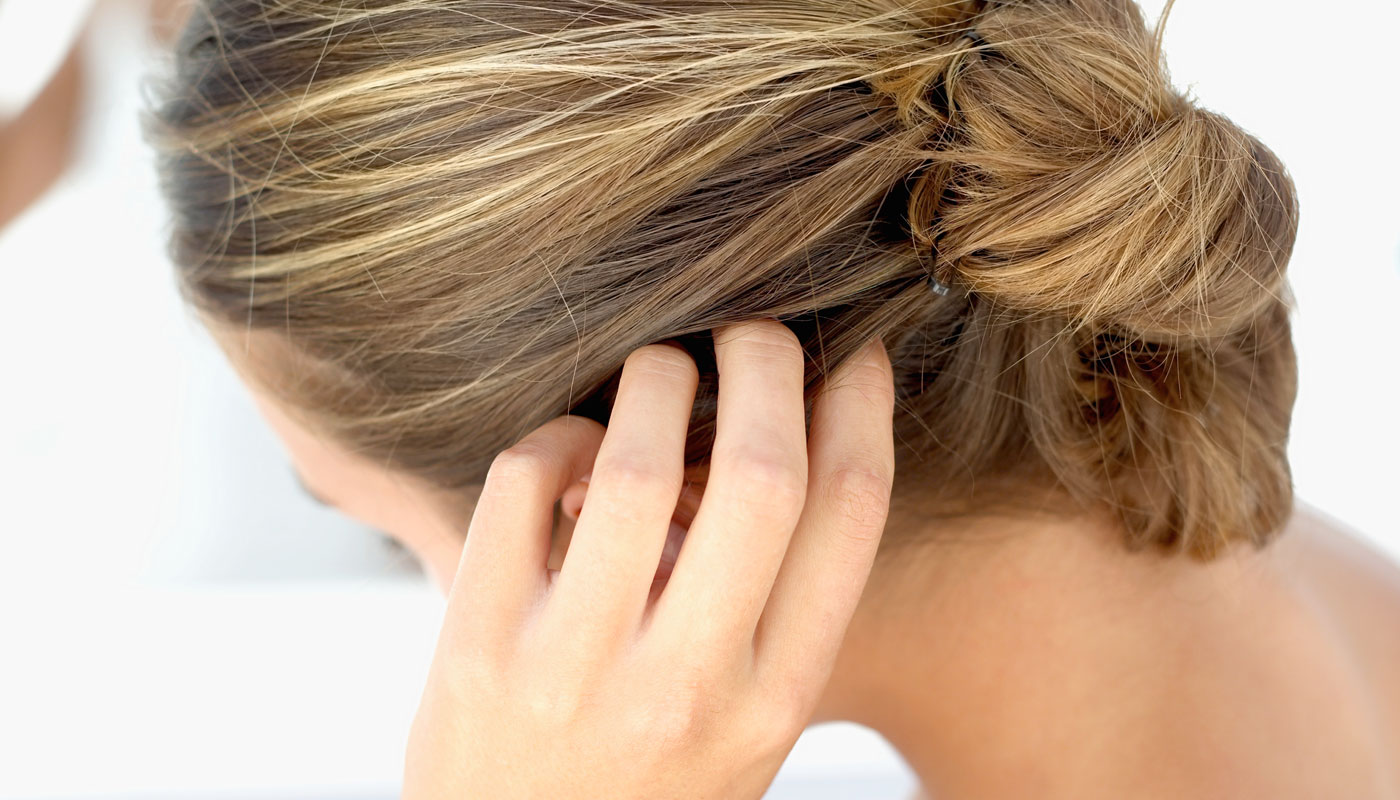
Carbuncle on head
Carbuncle (“coal”) is a necrotic inflammation of the fused several boils. The disease is a complication of furunculosis. The process involves the deep layers of the skin, subcutaneous fat. The skin becomes blue-purple. Several necrotic foci appear in the center. After their opening and rejection of dead tissues, the inflammation subsides and a disfiguring scar is formed.
With carbuncle, especially when localized on the head, the condition of patients can be very serious, accompanied by fever and confusion. In severe cases, the disease can be fatal. Treatment as with furunculosis.
Atheroma on head
This is a benign epidermal tumor of the skin that results from blockage of the duct of the sebaceous gland. The reasons for this phenomenon are not fully understood.
Atheroma on the scalp is of different sizes: from a pea to the size of a chicken egg. It can be congenital or acquired, one or more atheromas.

 6 When should I seek medical attention for a blow to the head and a bump?
6 When should I seek medical attention for a blow to the head and a bump?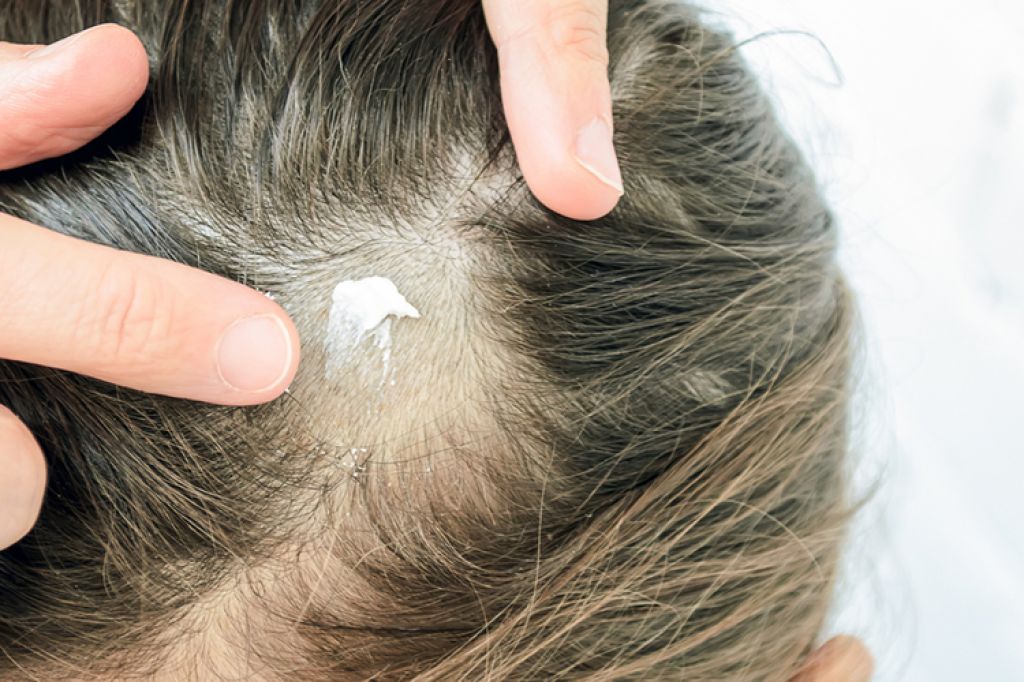 13.0.6 What should I do if bleeding occurs when a bump forms on my head?
13.0.6 What should I do if bleeding occurs when a bump forms on my head?